CO528 Introduction to Intelligent Systems: Genetic Algorithm Solution
VerifiedAdded on 2022/10/11
|7
|731
|29
Homework Assignment
AI Summary
This document presents a comprehensive solution to a genetic algorithm assignment for the CO528 Introduction to Intelligent Systems course at the University of Kent. The assignment focuses on predicting results from a dataset using a genetic algorithm implemented in Java. The solution includes the Java source code, a detailed description of the algorithm with a flowchart, and a justification for choosing the genetic algorithm approach. The student also provides an estimation of the prediction accuracy, including the methodology for splitting the labeled data into training and testing sets. The document also contains a table with predicted values for the second dataset and a discussion on the impact of dataset size and splitting on the algorithm's performance. The assignment demonstrates the application of genetic algorithms in addressing prediction tasks, offering insights into the algorithm's implementation, performance evaluation, and practical considerations in data splitting.
1 out of 7
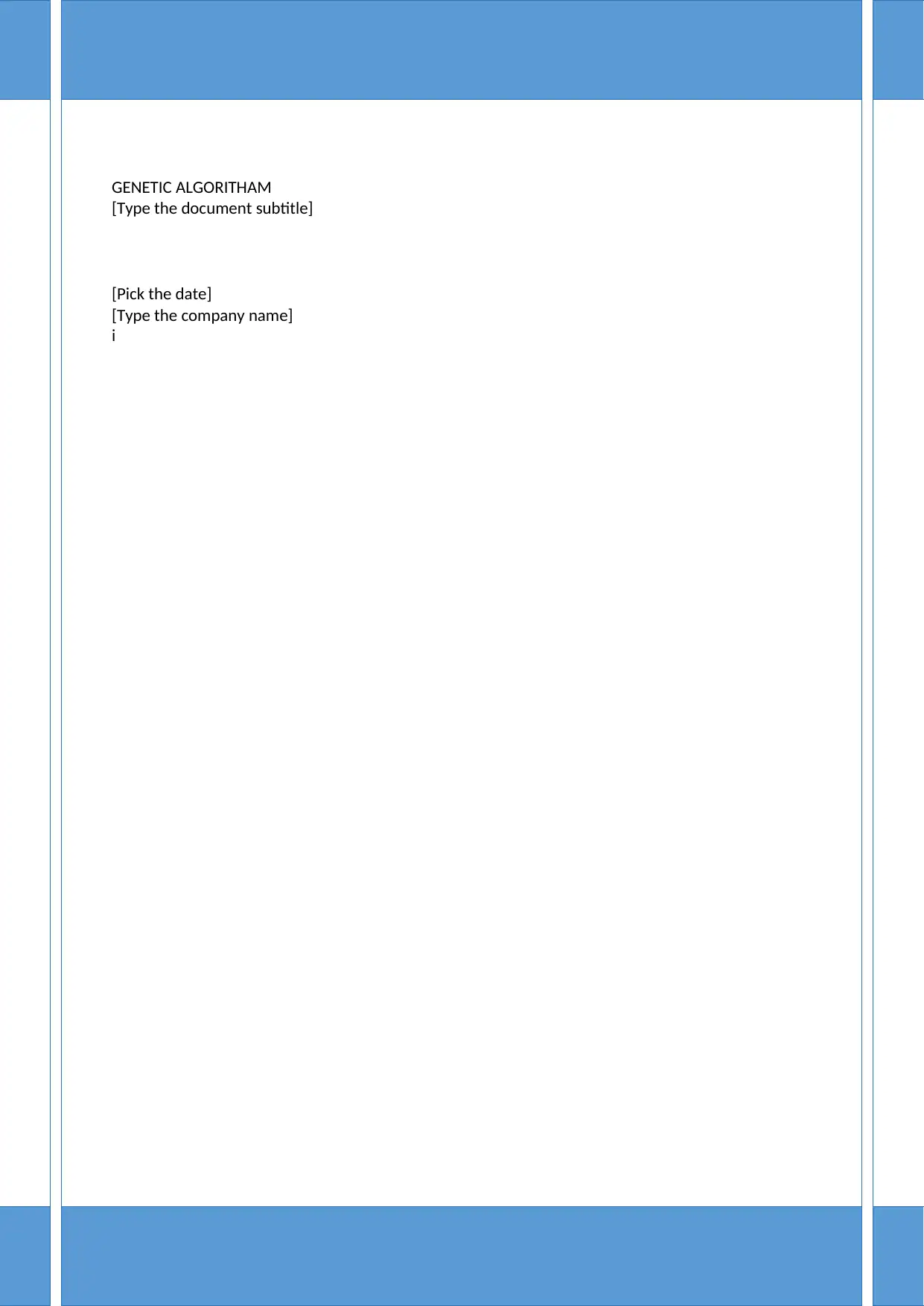

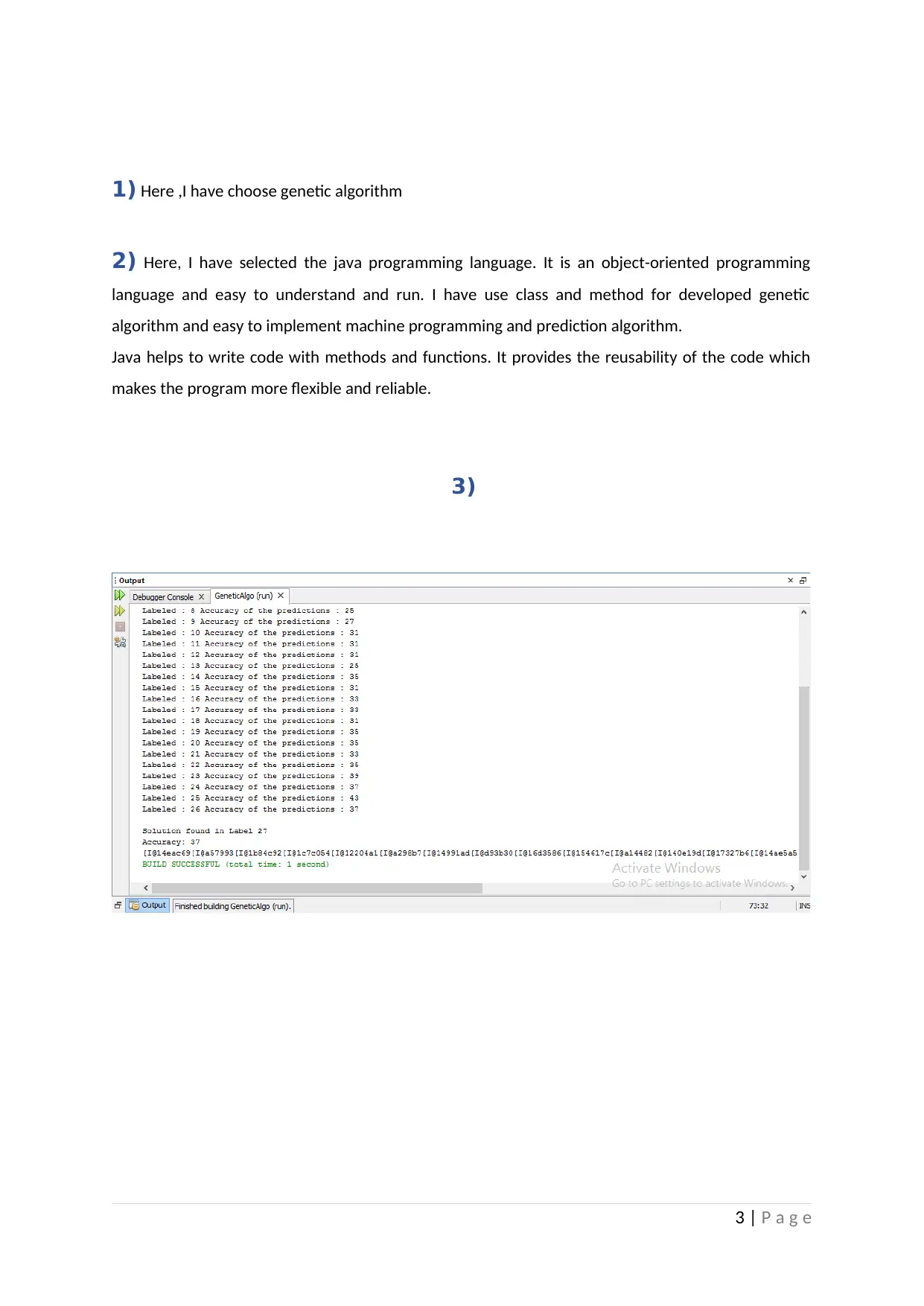

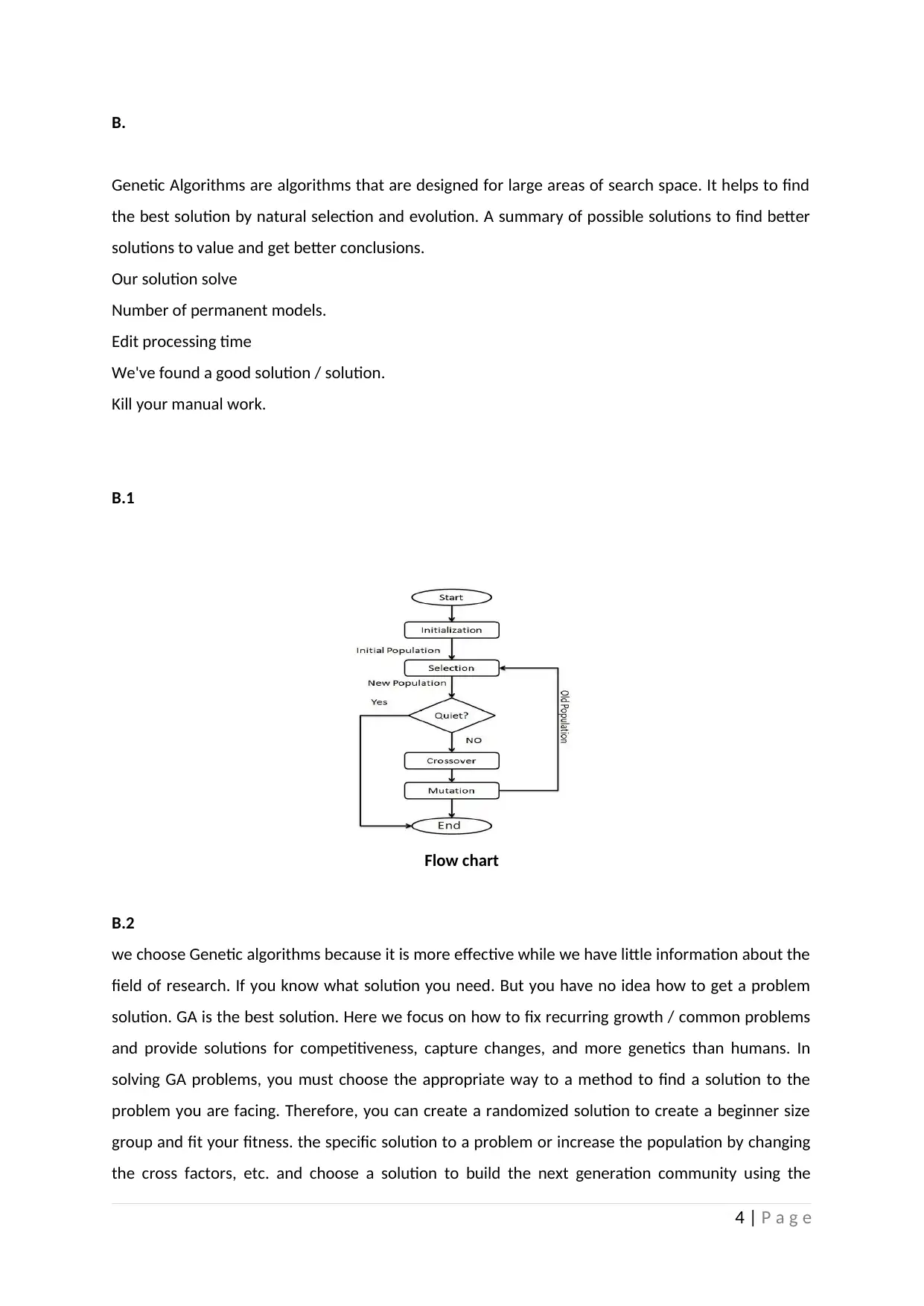
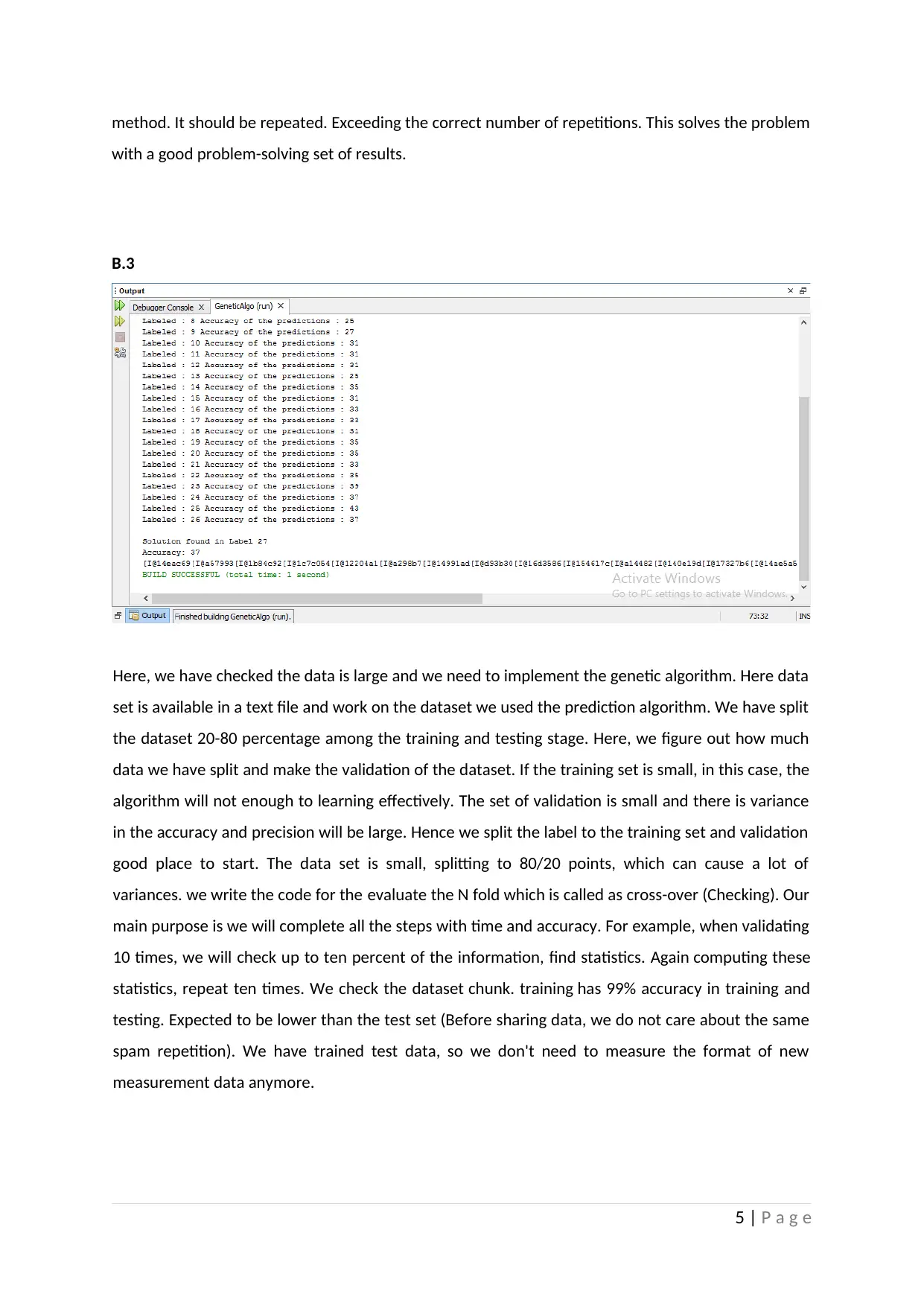
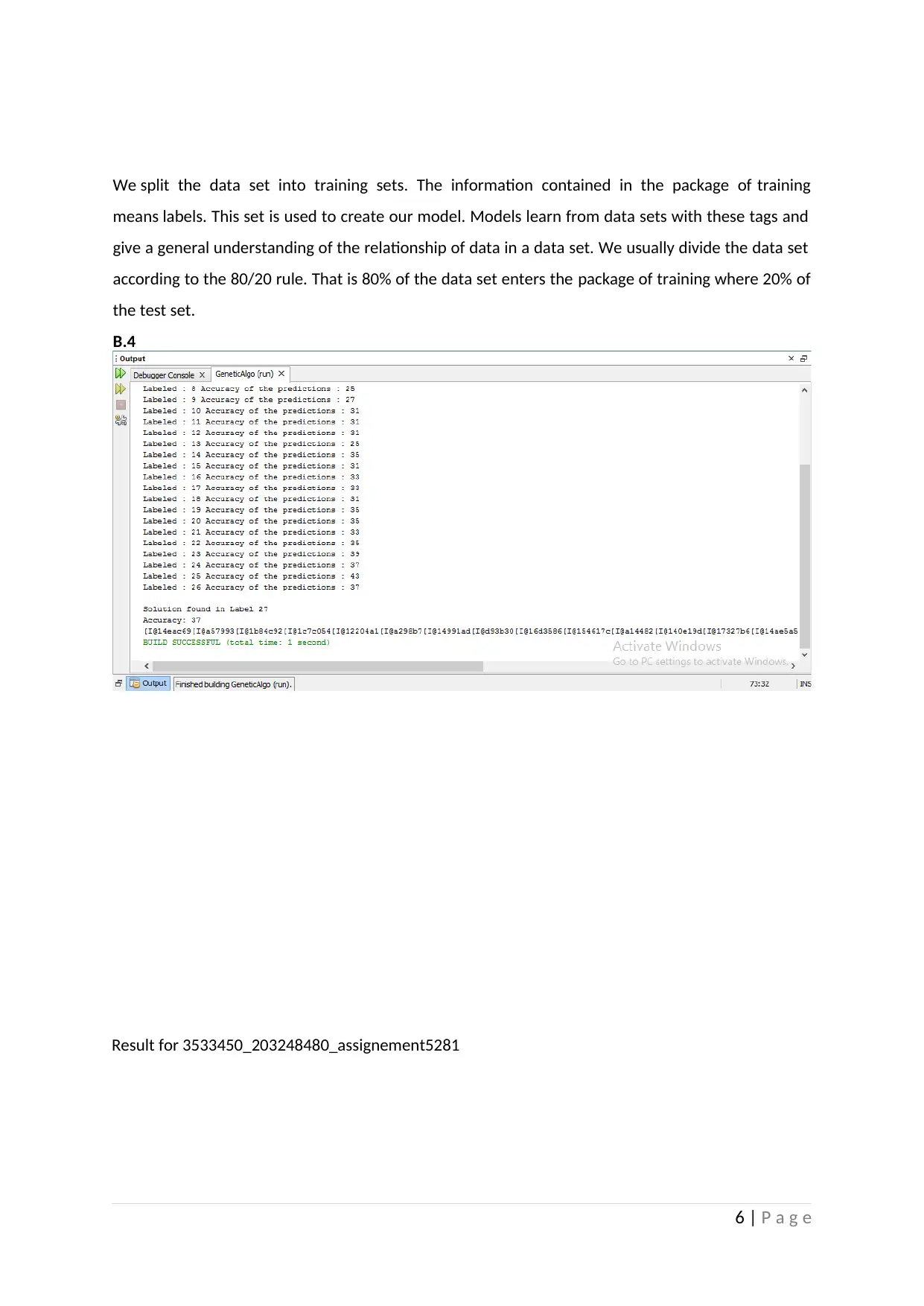







![[object Object]](/_next/static/media/star-bottom.7253800d.svg)